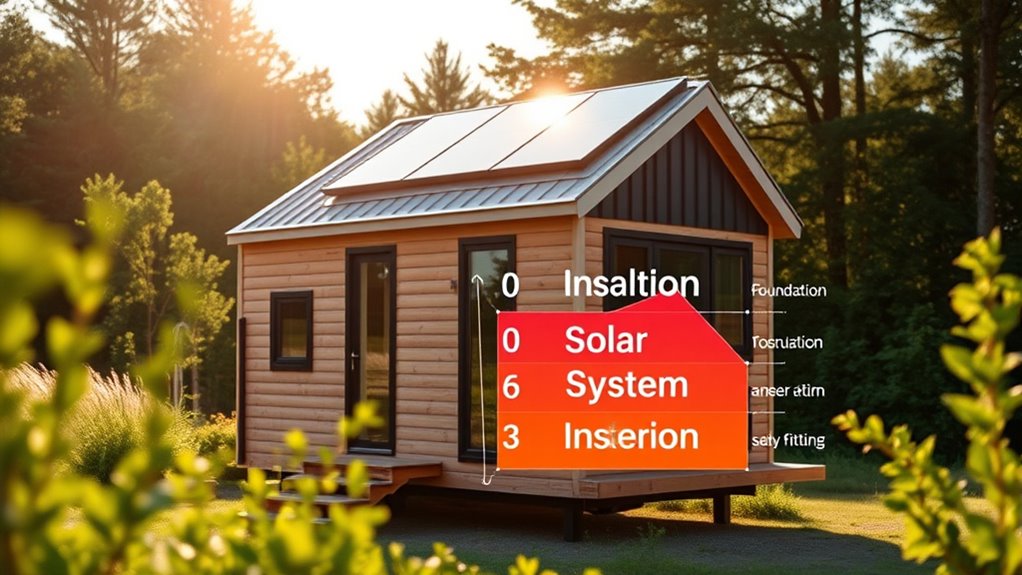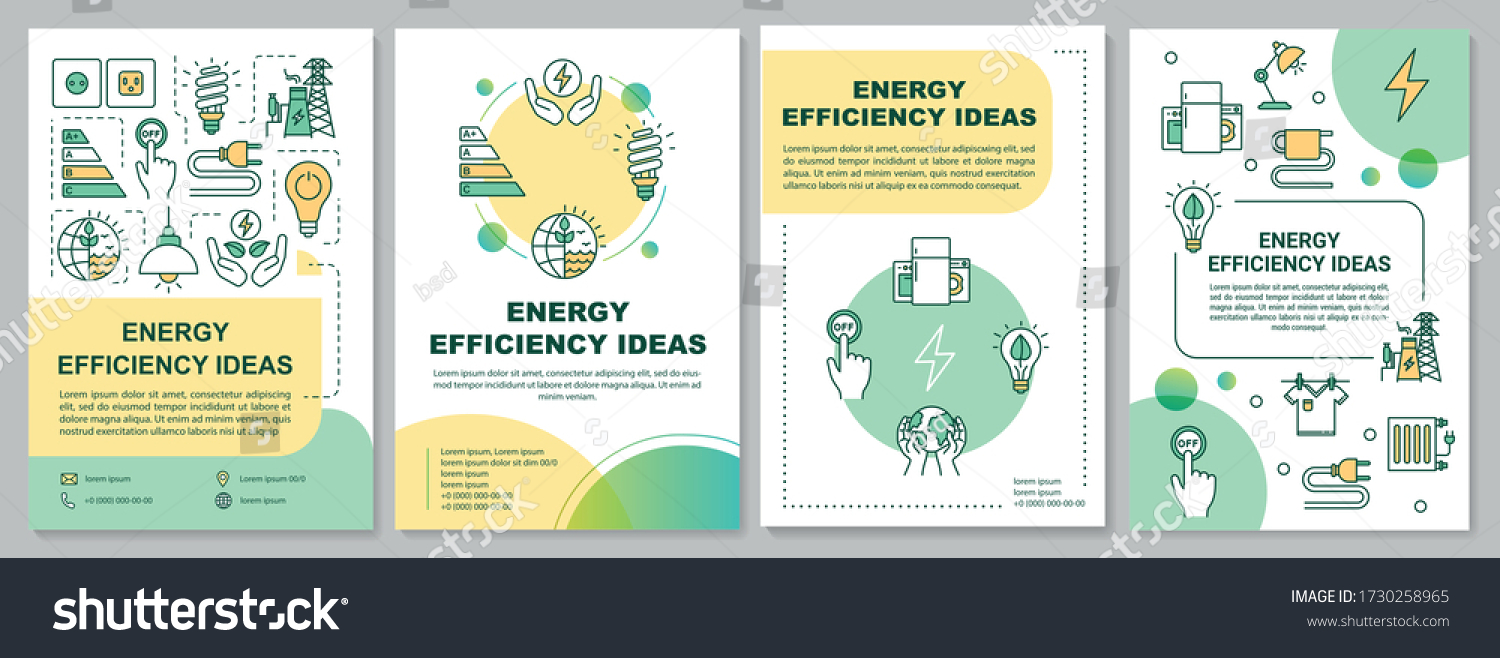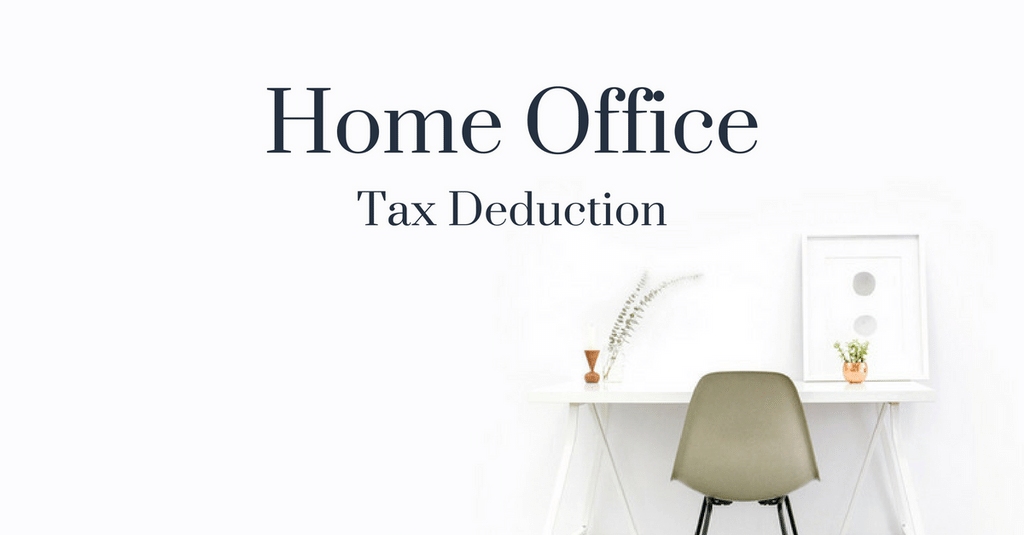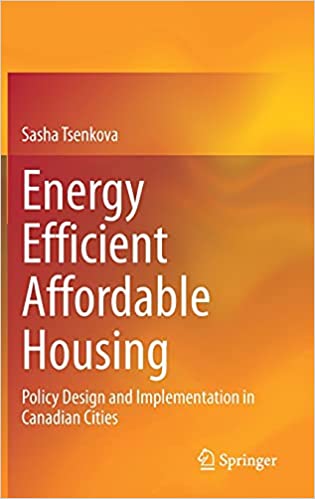Building an energy-efficient tiny home involves costs for solar panels, insulation, and smart features. Expect to spend between $3,000 and $10,000 on quality solar panels, and $1 to $3 per sq ft for effective insulation like spray foam. Additional investments include energy-efficient windows, LED lighting, and smart thermostats. While upfront expenses vary, focusing on high-quality materials and smart design pays off in long-term savings and reduced environmental impact. Continue exploring to see how to optimize your budget effectively.
Key Takeaways
- Solar panels typically cost between $3,000 and $10,000 for quality, high-efficiency models that reduce long-term energy expenses.
- Insulation materials like spray foam ($1-$3 per sq ft) offer superior thermal performance compared to fiberglass batts.
- Additional features such as energy-efficient windows, LED lighting, and smart thermostats contribute to overall costs and savings.
- Initial expenses are balanced by long-term savings on electricity, heating, and cooling, emphasizing the importance of quality materials.
- DIY options and modular components can help control costs while enhancing sustainability and energy efficiency.

Are you curious about how much it really costs to build an energy-efficient tiny home? If so, you’re not alone. Many people want to minimize their environmental impact and lower energy bills, but understanding the costs involved can feel overwhelming. One of the key components to making your tiny home energy-efficient is investing in quality solar panels. These panels can considerably reduce or even eliminate your reliance on traditional power sources, but their price varies depending on size, quality, and efficiency. Expect to spend anywhere from $3,000 to $10,000 for a good set that can power most of your needs, especially if you choose high-efficiency models. Remember, though, that this is a long-term investment that pays off over years through savings on electricity bills.
Investing $3,000 to $10,000 in solar panels can significantly cut long-term energy costs.
Another essential aspect is insulation materials. Proper insulation keeps your tiny home warm in the winter and cool in the summer, reducing your heating and cooling costs. There’s a wide range of insulation options, from spray foam to fiberglass batts, each with different price points and R-values. Spray foam insulation, for example, offers superior thermal performance but can cost more upfront—typically around $1 to $3 per square foot—while fiberglass batts might be cheaper but less effective in extreme weather. Choosing the right insulation depends on your climate and budget, but investing in high-quality materials ensures your tiny home stays energy-efficient year-round. Additionally, understanding encryption software can help protect your digital data as you research and plan your tiny home project online.
The cost of these vital features adds up, but they are investments that lead to substantial savings over time. For instance, installing solar panels might seem costly initially, but the reduction in your energy bills quickly offsets that expense. Similarly, choosing high-quality insulation materials might increase your upfront costs, but you’ll notice the difference in comfort and energy savings right away. Besides these, other costs include energy-efficient windows, LED lighting, and possibly smart thermostats—each contributing to your home’s overall efficiency.
Keep in mind that building an energy-efficient tiny home isn’t just about the initial expenses; it’s about long-term savings and sustainability. You can reduce costs by sourcing materials wisely, doing some of the work yourself, or opting for modular components that are easier to install. Ultimately, understanding the breakdown of these costs helps you plan better and prioritize features that will serve you well for years to come. With the right investments, your tiny home can be a comfortable, eco-friendly retreat that minimizes your carbon footprint and maximizes your savings.
Frequently Asked Questions
What Are the Long-Term Savings of Energy-Efficient Tiny Homes?
You’ll save considerably long-term by reducing energy bills through solar power and superior insulation materials. Solar panels cut your reliance on grid electricity, lowering costs, while quality insulation keeps your home warm in winter and cool in summer, decreasing HVAC expenses. Over time, these investments pay off, making your tiny home more affordable and eco-friendly, all while providing consistent energy savings and reducing your carbon footprint.
How Do Land Costs Impact the Overall Tiny Home Budget?
Land costs considerably impact your tiny home budget because land acquisition can be a major expense. If zoning regulations are strict, you might face additional costs or limitations, affecting your overall plan. You should research land prices in your desired area and understand zoning laws beforehand. This way, you can better estimate your total costs and avoid surprises, ensuring your tiny home project stays within your budget.
Are There Government Incentives for Building Energy-Efficient Tiny Homes?
Yes, there are government incentives for building energy-efficient tiny homes. You can often qualify for tax credits, which reduce your overall costs, and building grants that provide funding assistance. These incentives encourage eco-friendly living and help offset expenses associated with sustainable features. To take advantage, you should research local and federal programs, ensuring your tiny home meets specific energy efficiency standards to maximize your benefits.
What Maintenance Costs Are Typical for Energy-Efficient Tiny Homes?
Think of your tiny home as a well-oiled machine needing just a little TLC. You’ll typically spend around $200 to $500 annually on maintenance, mainly for checking solar panels and replacing insulation materials. Keep your solar panels clean and make certain insulation stays effective to maintain energy efficiency. Regular inspections help catch issues early, saving you money and keeping your tiny home running smoothly, like a trusted companion on your journey.
How Does the Initial Cost Compare to Traditional Small Homes?
Your initial investment in an energy-efficient tiny home is generally higher than a traditional small home due to eco-friendly materials and advanced systems. However, this affordability comparison often favors tiny homes over time, as lower utility bills and reduced maintenance costs offset the higher upfront expense. This makes energy-efficient tiny homes a smart choice if you’re considering long-term savings and sustainability.
Conclusion
Understanding the cost breakdown of energy-efficient tiny homes shows they can be a smart investment. With initial costs averaging around $50,000, you save markedly on utilities—up to 80%—over time. Did you know that energy-efficient features can reduce your carbon footprint by nearly 40%? By choosing a tiny home, you’re not only saving money but also making a positive impact on the environment. It’s a practical, eco-friendly way to live smarter and more sustainably.








